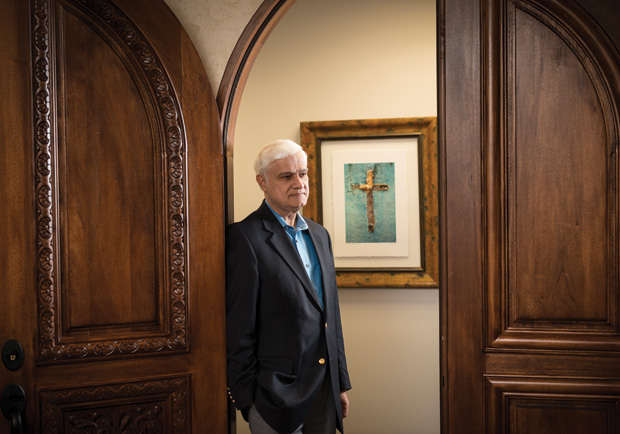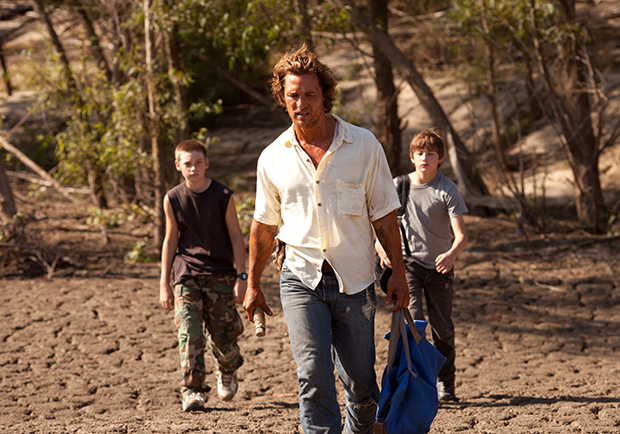In addition to reporting fresh religion news daily, CT updates stories we previously reported.
We tweet the updates; but in case you’re not one of our 112,000 Twitter followers (and really, why aren’t you?), here’s what you missed this week:
(Editor’s note: This is NOT a roundup of the new blogs we posted this week, so shouldn’t replace your daily reading!)
Supreme Court Rejects Appeal of Mt. Soledad Cross
Update: Not all cross disputes head to the court: One California city has reached an “unusually amicable” compromise.
Fired British Christians Lose 3 of 4 Cases in Landmark Human Rights Ruling
Update: Christians who lost their high-profile cases say they plan to appeal the ECHR rulings.
China Cracks Down on House Churches
Update: Latest house church raid leads to arrest of U.S. pastor Dennis Balcombe.
‘Bible’ Miniseries Year’s Most-Watched Cable TV Show, DVD Sales Booming
Update: Good news for fans of “The Bible”: Producer Mark Burnett is already planning a follow-up show.
#Gosnell ‘Tweetfest’ Aims to Raise Profile of Abortion Doctor’s Murder Trial
Update: As Kermit Gosnell’s murder trial entered its fifth week, the judge threw out 3 of the 7 murder charges against him.
Disputed Asylum for German Homeschoolers Heads to Sixth Circuit
Update: Case of Christian Romeike family heads to court, testing persecution boundaries.
Suzanne Hinn Files for Divorce
Update: Televangelist Benny Hinn now has reconciled with Suzanne–and married her again.
Largest Paris Protest Since 1984 Is Against (Not For) Same-Sex Marriage
Update: In spite of earlier protest, the French Parliament voted to legalize gay marriage.
Court Says City Can Tax Church Room By Room
Update: After losing its tax fight, Destiny Christian Center recently sold its 26-acre property.
Drunken Quarrel Between Friends Sparks Pakistan’s Biggest Religious Riot Since 2009
Update: Violence against religious minorities is on the rise in Pakistan, but some Christians are fighting back.
Syrian Christians: Caught Up in Chaos of Faith and Politics
Update: Two Orthodox bishops kidnapped Monday are the latest victims of Syrian rebel violence.














